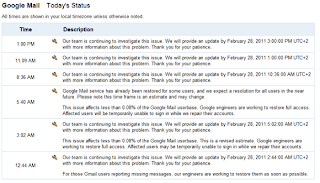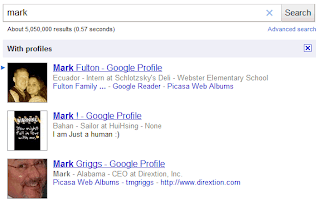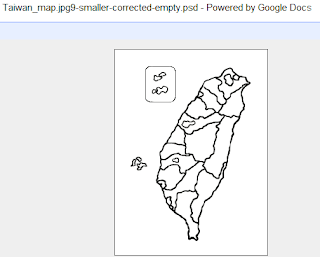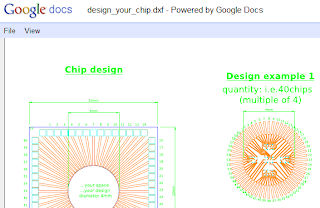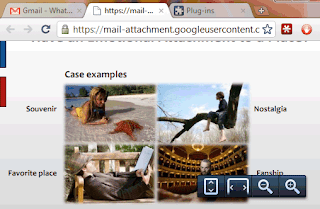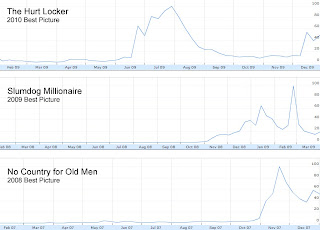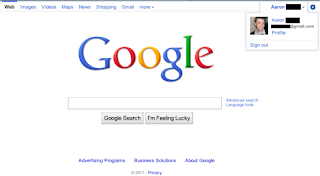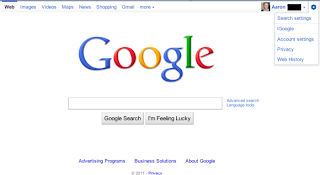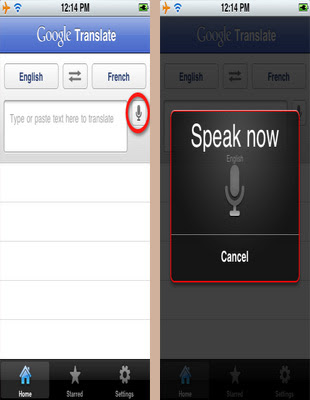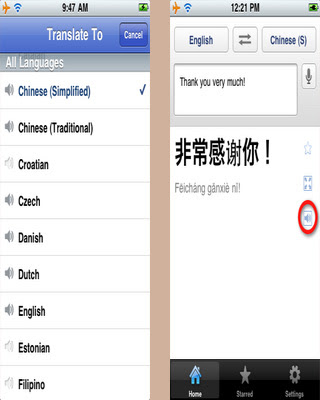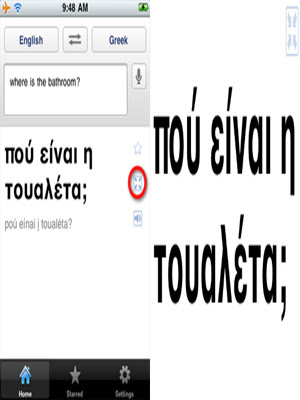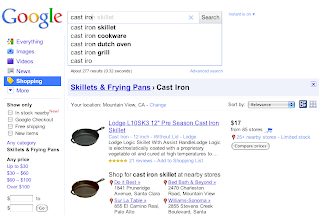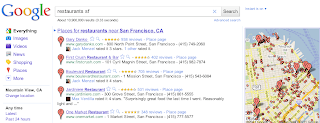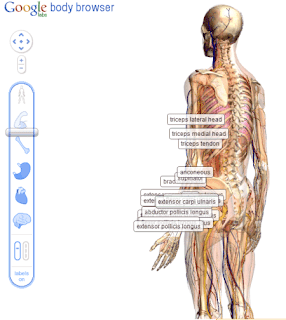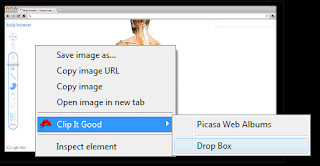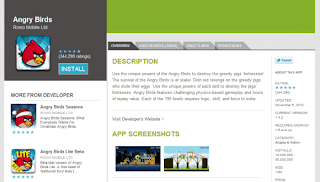Google Chrome was free more than two years ago and it's the browser of choice for many people. Despite having won hearts for its speed and grace, Google Chrome does have some slight flaws that you might want to fix. Here are some of them:
1. No confirmation when closing multiple tabs
Google Chrome does't show a caution when you close a window with multiple tabs. If you by chance close Chrome windows, you can install Chrome Toolbox. The next time you close many tabs, you'll at least get a caution.
2. Basic history page
Google Chrome's history page is pretty basic and you can't limit the list to a certain time interval.
The History 2 extension comes to the release by allowing you to sort web pages based on the day/week you visited them. History 2 allows you to delete numerous items from your history page at the click of a button – something that's not probable by default.
3. Missing image properties
There's no way to quickly examine an image when you're in Chrome. Luckily, you can install Image Properties Context Menu, an addition that lets you right-click on an image and find in order about the image size, location, dimensions and more.
4. No support for feeds
Chrome simply doesn't distinguish RSS feeds and all you get is a page with gibberish text. If you install the RSS Subscription addition developed by Google, you can quickly subscribe to any feed using Google Reader, iGoogle, Bloglines or My Yahoo.
5. You can't send a web page by email
While other popular browsers allow you to rapidly send any web page you're viewing by email, such an alternative is nowhere to be found in Google Chrome.
Worry not, because you can make a simple Javascript bookmarklet to open your default email program with the current URL. If Gmail is what you use, you can otherwise install the Send from Gmail extension to send the web page to Gmail.
6. No session manger
Closing Google Chrome and reopening it does not reinstate previously opened tabs. In order to do that, go to the Options dialog and enable Reopen tabs that were open last.
If you want higher session saving options like the ability to create multiple sessions, try the Session Buddy addon for Google Chrome.
7. You can't switch to a tab from the Omnibox
Firefox 4 lets you switch to any open tab by typing applicable words into the address bar. If you'd like to see a similar feature in Chrome, install the Switch To Tab extension.
The next time you contain too many open tabs, just type sw followed by some words from the page. Hitting Enter switches to the tab that's listed as the first match.
Have you ever wanted to switch from Chrome to another browser because of a missing feature? Did you mange to find a workaround or an addition that adds the missing feature?

